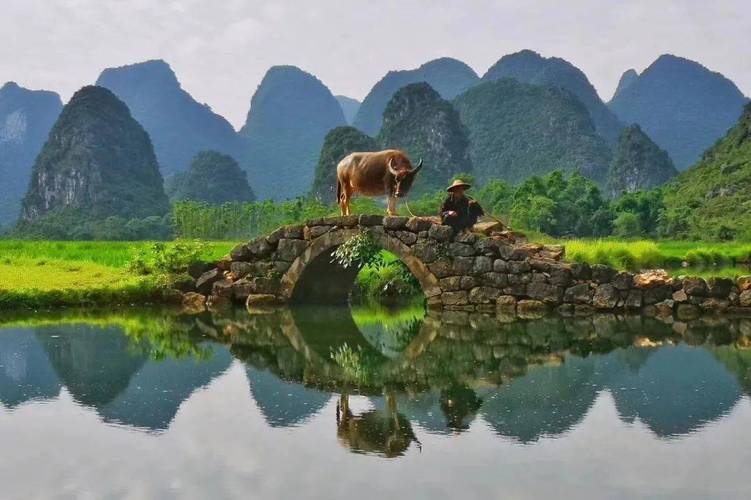Understanding the Significance of India’s 14th Intangible Cultural Heritage
India, with its rich cultural heritage, has no shortage of diverse traditions, beliefs, and practices. And now, it has added another feather to its cap. On 18th November 2021, the government of India announced the inscription of Ramman, a traditional festival of Uttarakhand, on the UNESCO Representative List of the Intangible Cultural Heritage of Humanity. This marked the 14th intangible cultural heritage of India to be given the UNESCO tag.
What is Ramman?
Ramman is an annual folk festival that is celebrated in the villages of Saloor-Dungra, in the state of Uttarakhand. The festival is held in honor of the presiding deity known as Ramnath, who is believed to be an incarnation of Lord Shiva. The Ramman festival is a symbol of the ancient cultural and religious traditions that are still prevalent in the region.
The Rituals and Customs of the Ramman Festival
The Ramman festival is famous for its unique customs and rituals that are an intrinsic part of the celebrations. The festival starts with the worship of Lord Shiva, followed by a procession of the Ramnath idol to the village temple. The main highlight of the festival is the performance of the Ramman dance-drama. The performers, dressed in colorful attire, dance to the beat of the ‘dhol’ and ‘damau’ (traditional folk instruments). The dance depicts the story of the Ramayana, showcasing the battle between Lord Rama and Ravana.
Another fascinating aspect of the Ramman festival is the construction of the ‘tall’ or the ‘Ramman tower.’ The tower is built using bamboo, wood, and jute ropes, and stands about 60 feet tall. The tower is decorated with leaves, flowers, and colorful cloths. One participant, known as the ‘Shankar,’ climbs the tower to bring down a branch of a sacred tree, which is used to perform the ritual of ‘Shringar’ or adornment of the Ramnath idol.
Why is the UNESCO Tag Important?
The UNESCO Representative List of the Intangible Cultural Heritage of Humanity aims to raise awareness and protect cultural heritage worldwide. A country’s intangible culture encompasses its unique customs, beliefs, and practices that are passed down through generations. The UNESCO tag recognizes the value of these traditions and their significance to humanity.
The recognition of Ramman as 14th Intangible Cultural Heritage of India provides much-needed recognition to the traditional practices still practiced in the regions of Uttarakhand and serves as a platform to showcase the cultural heritage of India to the world.
The Significance of Preserving Intangible Cultural Heritage
As we progress, it is essential not to forget our roots and the cultural heritage of our ancestors. The preservation of intangible cultural heritage is critical to understanding the customs and practices passed down through generations. It serves not only as a vital link to the past but also as a way to maintain a unique identity in a globalized world. By preserving these traditions, we help to keep them alive for future generations, providing a valuable insight into our cultural heritage.
Conclusion
The inscription of Ramman Festival on the UNESCO Representative List of the Intangible Cultural Heritage of Humanity is a significant step in the preservation of India’s cultural heritage. It highlights the unique customs and practices of the people of Uttarakhand and brings attention to the country’s rich cultural history. Finally, it reminds us of the importance of preserving our intangible cultural heritage to help future generations understand and appreciate the customs and practices of their ancestors.
(Note: Do you have knowledge or insights to share? Unlock new opportunities and expand your reach by joining our authors team. Click Registration to join us and share your expertise with our readers.)
